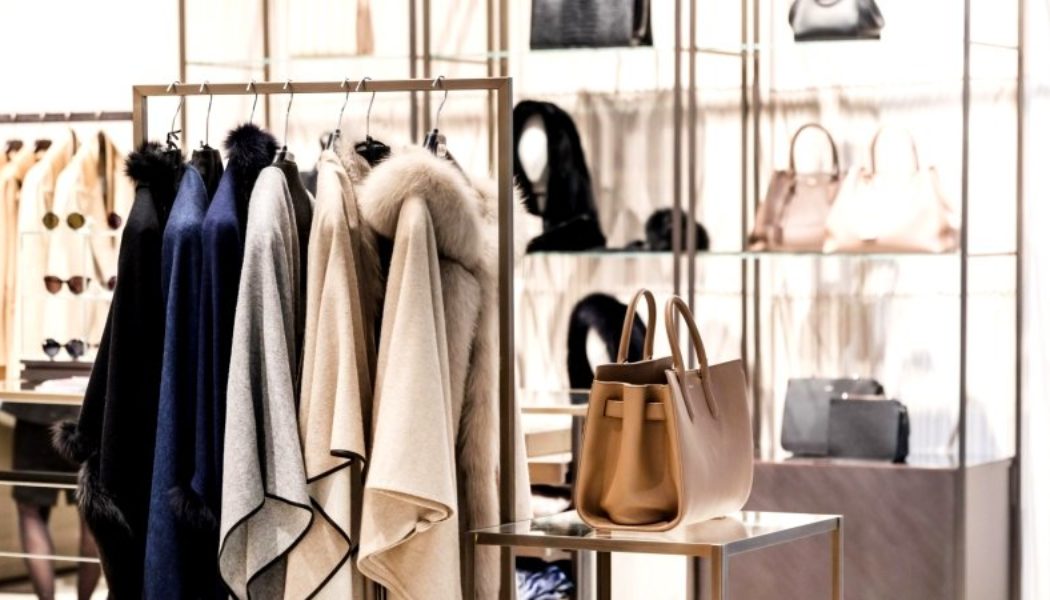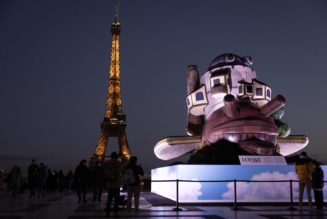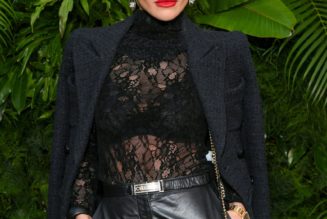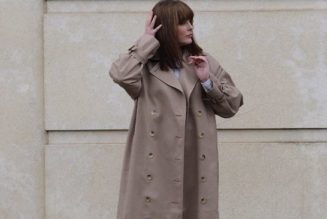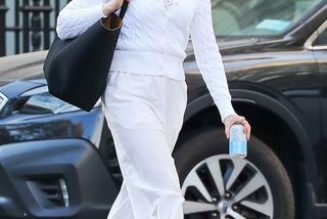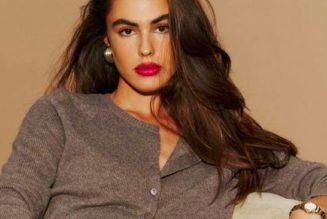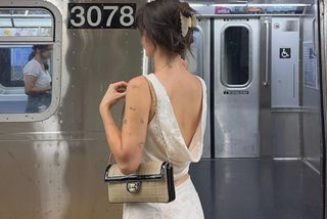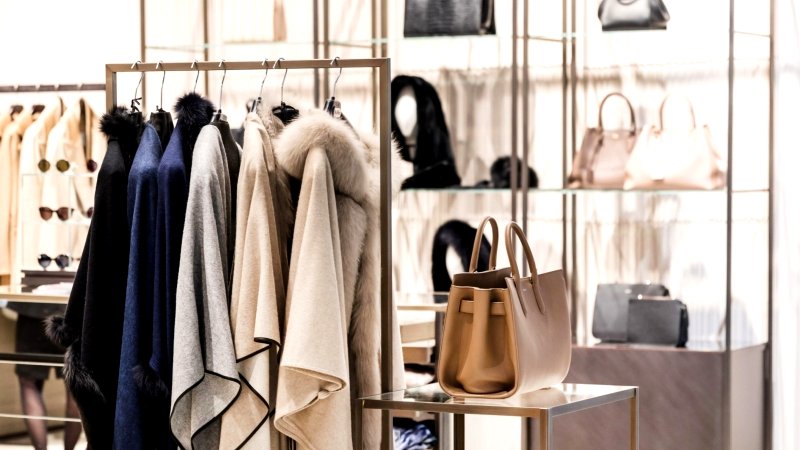
Last month, Hermès rolled into town with a new popup concept, HermèsFit Gym. The ultra-luxe gym, which has been travelling around the globe, opened in Orchard Road from April 14 to 23 and invited fans of the Maison to workout in style with themed equipment, an Insta-worthy boxing room, DJs, a juice bar and tailored HIIT workouts.
The popup was an incredible success with Hermès noting on its website that all pre-scheduled fitness classes were booked out. Slots for guests also went incredibly quickly.
Hermès joins a growing list of luxury fashion brands who have been expanding into the fitness space with collaborations and limited-edition releases. One of these include Technogym’s Dior collection which was released early last year. As part of the partnership, Dior and gym equipment brand Technogym released a slew of limited-edition home fitness products that included a treadmill, a multifunction bench and a wellness ball, all dressed up in the iconic white shade that Dior sports.
Don’t miss: Carousell launches ‘Certified Luxury’, making luxury goods more accessible
Fashion fanatics will also remember that Louis Vuitton launched luxurious dumbbells made with metal and finished with Louis Vuitton’s classic monogram eclipse canvas print. Fashion house Versace also recently released striking leather boxing gloves adored with the Maison’s Barocco print.
The question though, is why so many luxury brands have been expanding into the fitness space as of late and what exactly it offers a fashion brand to make a foray into gym equipment. The answer, it might seem, might lie in the fact that luxury brands are always looking to create the sense of aspiration with their products, according to Michelle Whitesides, the vice president of Publicis Premiere, APAC.
“Luxury is synonymous with aspirational lifestyles that continually evolve with the times. In the past, when café culture and food photos dominated social media, luxury brands were quick to capitalise on the trend by launching their own shareable pop-ups and sensorial experiences,” Whitesides said.
She continued by saying that the pandemic accelerated the growing interest in fitness and wellness, with people becoming more conscious of the need to take care of their physical and mental health. Post-pandemic, she said, the focus on holistic well-being became even more pronounced.
“People now desire wellness experiences that are not only effective but also enjoyable, playful, and innovative. For luxury brands, gym tech and equipment represent just a few ways to stand out and push the fitness trend into new and exciting spaces,” she said.
True enough, McKinsey reported in a 2021 study that the pandemic elevated the awareness of consumers when it came to health and wellness with 68 percent of survey respondents saying that they prioritised their health more after the pandemic.
However, Whitesides acknowledges that while athleisurewear is undoubtedly fast-growing in fashion, particularly in Asia, the market is also cluttered. “With so many collections, collaborations, and up-and-coming brands vying for attention, luxury brands need to differentiate themselves by expanding their brand ethos in unexpected ways to enrich their audiences’ lives,” she said.
Investing in fitness equipment is a savvy move for luxury brands, as it offers customers a unique and engaging fitness experience that goes beyond traditional gym clothing.
In fact, the wellness industry presents a rich and exciting space for luxury brands to differentiate themselves and showcase their unique takes on wellness, ranging from subtle, quiet luxury to more extreme and adventurous approaches, according to Whitesides.
“As interest in holistic wellness and sustainability continues to grow, we expect to see luxury brands expand their offerings beyond traditional products and services to explore a wider range of wellness experiences,” she said.
Creating a sense of desirability
Agreeing with her, Pamela Seow, the strategic director of Seventeen Brand Agency noted that luxury brands need to constantly create a sense of desirability, especially for the ultra-rich, through design, craftsmanship and most of all, exclusivity.
In the case of HermesFit Gym in Singapore, there was the use of the ubiquitous Hermes scarf when doing mat workouts which introduced new uses for a product that was otherwise typically used as a fashion item or on a bag, Seow noted.
“The likes of Gucci and Chanel also have specific spaces in luxe locations where only a jet-set group of customers are allowed to patronise, probably allowing these customers to have first dibs at such exclusive items as well,” she said.
She continued by saying that she believes that active wear is a natural evolution of luxury brands’ own categories.
“Fitness equipment tends to be seen as purely functional, or even unsexy, often in black or dull colors,” she said before adding:
Technogym may have been the go-to gym brand for gym goers, but decked out with a luxury brand like Dior and its own brand factor went up by several notches.
Truly, luxury brands have managed to break the mould, cleverly creating a new product, and importantly, creating new desire for both the average customer and the ultra-rich; while securing a place in an ever-growing, multi-billion-dollar market where fitness and physical wellness are evolving, Seow said.
“It’s no longer just about new product capability, it’s about extensive marketing capability, and who does it better to create desire for their brand,” she concluded.
Related articles:
MY’s luxury goods tax will not be an alternative to GST, says deputy finance minister
BurdaLuxury names new associate publisher for its KL branch
MY’s luxury goods tax will not affect its tourists, according to its deputy finance minister
